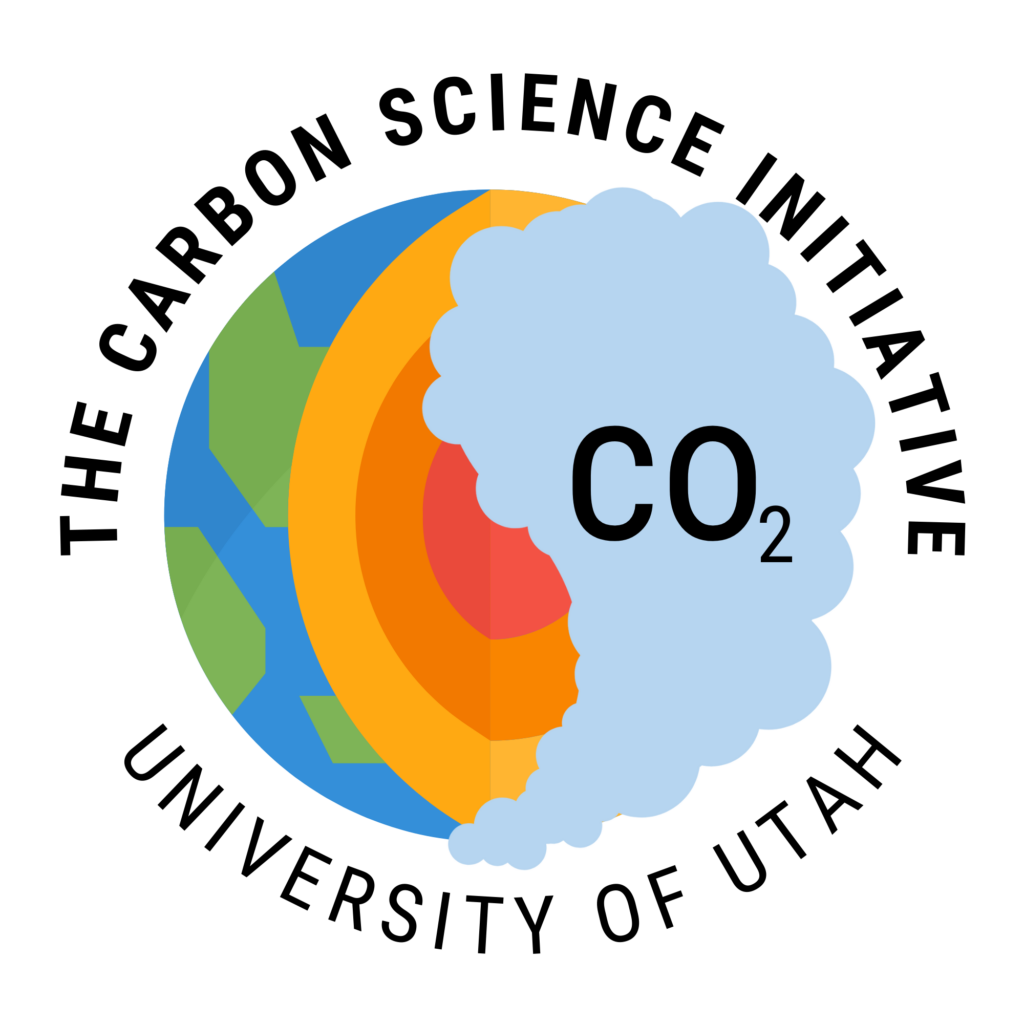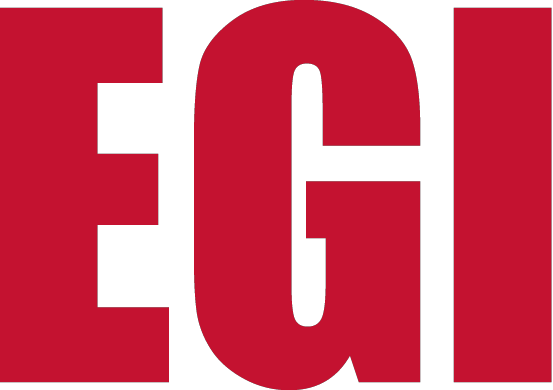Cutting-edge application of machine learning, geomechanics, and seismology for real-time decision-making tools during stimulation
U.S. Department of Energy Founded Project
Our research in seismic risk assessment and mitigation is centered around the the FORGE project. We are developing a real-time decision-making platform that integrates machine learning with geomechanics and seismology. This platform will enable immediate data analysis, seismic event detection, and moment magnitude calculations. Utilizing geophone signals and DAS datasets from FORGE stimulations, we are constructing a coupled location model that improves spatial accuracy and aids in predicting maximum magnitudes. A significant part of this work involves developing an onsite screening tool to reduce the seismic signal dataset size, which is crucial for remote analysis and risk management during stimulation. This tool will be tested using both legacy and future FORGE stimulation datasets, ensuring its effectiveness and reliability in real-world applications.
Fracture Surface Evolution
Our research, sponsored by the Energy and Geoscience Institute, focuses on the critical evolution of fracture surfaces in EGS settings. We explore the impact of fluid temperature and chemical composition on the rate-and-state friction evolution of fractures. Our studies include injection-driven friction and displacement-driven shear experiments, combined with comprehensive numerical simulations and statistical predictions. We aim to characterize the chemical and thermal destruction of fracture surfaces, which significantly alters their frictional resistance and shearing response. This work is fundamental for understanding how fracture surface properties evolve in response to EGS operations and for predicting seismic risks associated with these changes. The findings from this research offer invaluable insights into optimizing fracture management and enhancing the overall efficiency of geothermal energy production.
Advancements in Fracture Modeling, and Thermal-Hydraulic Dynamics for Geothermal Energy
In our geomechanics and fracture modeling research, we create models that meld empirical data with computational techniques. These models accurately predict fracture behaviors under varying stress, enhancing geothermal operations’ efficiency. Our approach uses seismic imaging, well logs, and rock mechanics to innovate fracture prediction and management, optimizing energy extraction and reducing environmental impact. Our focus on thermal-hydraulic modeling simulates fluid and heat dynamics in geothermal reservoirs, vital for understanding reservoir behavior and guiding system design and operation.





